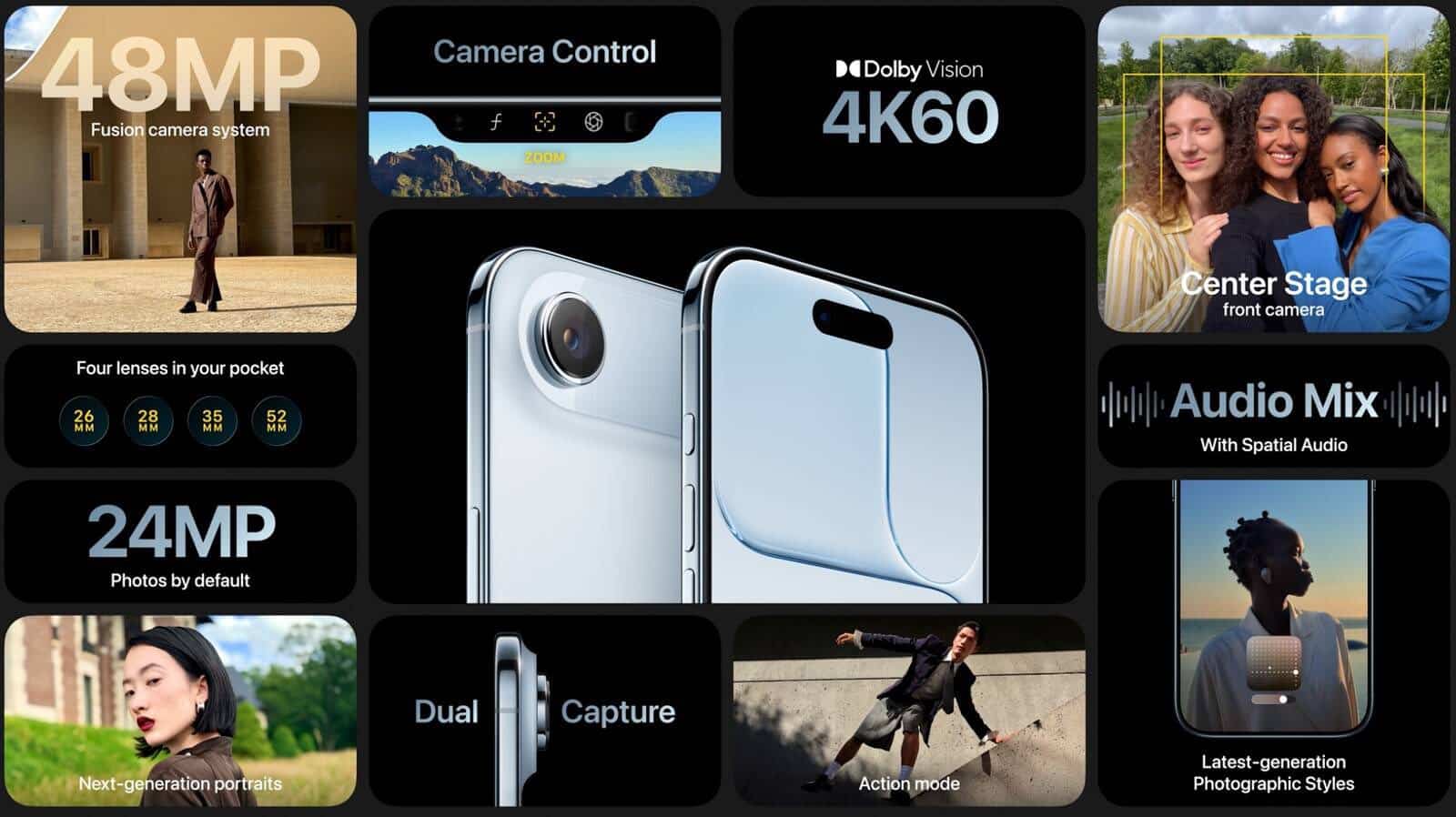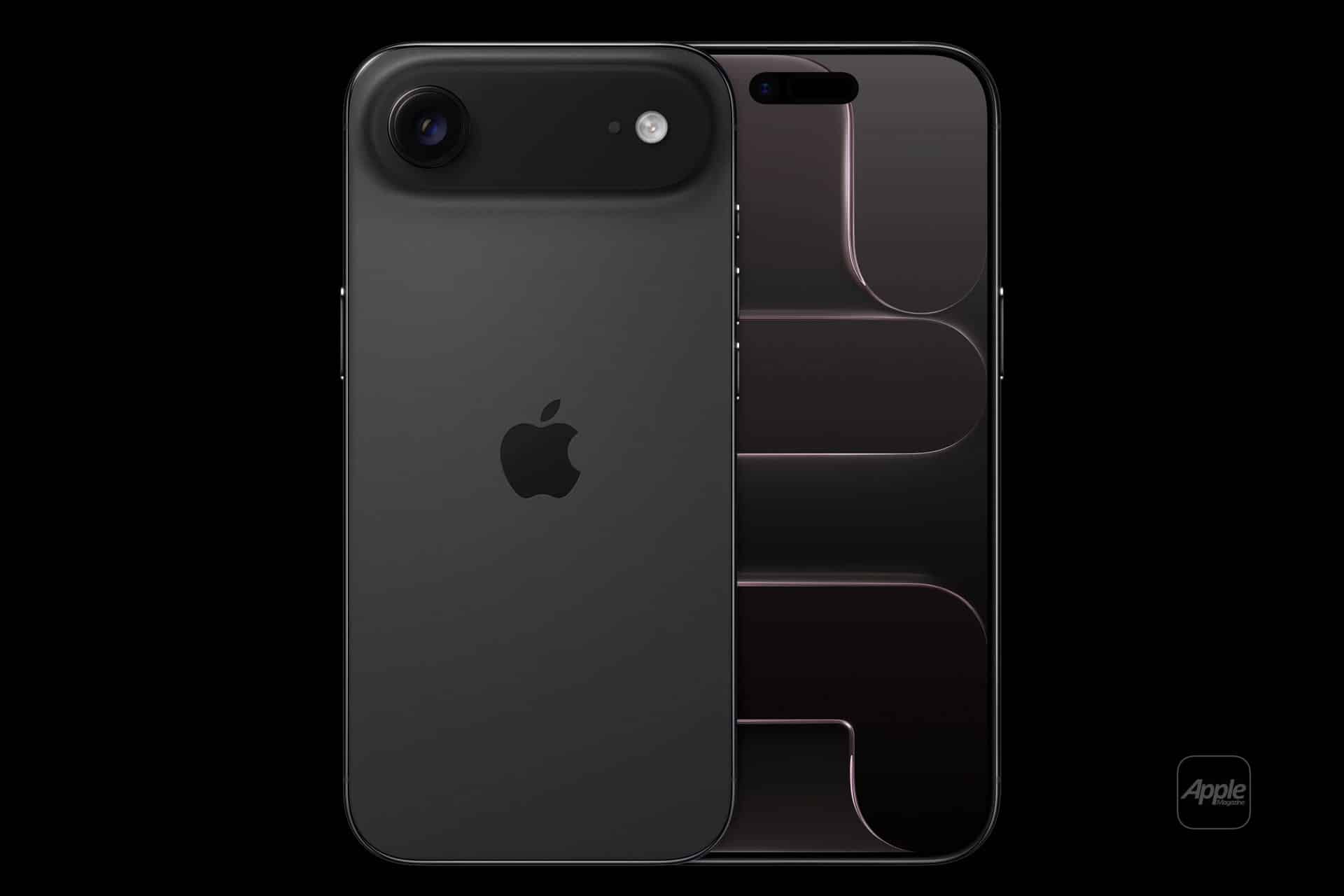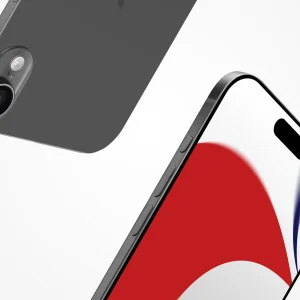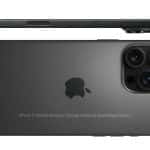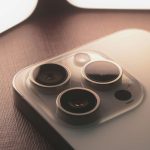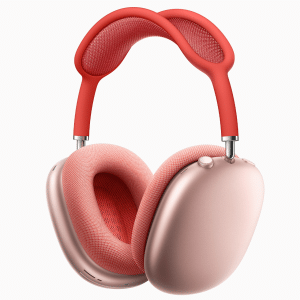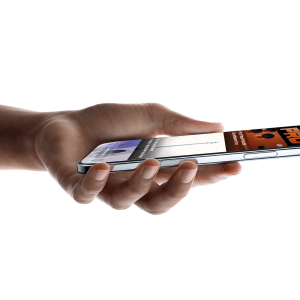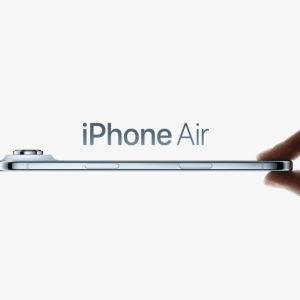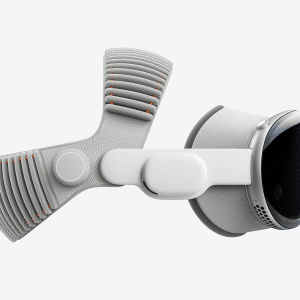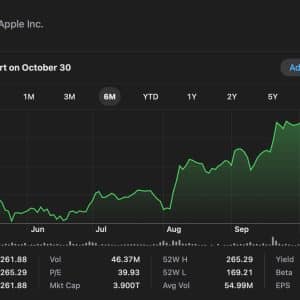The iPhone 17 Air has achieved one of the highest display scores ever recorded by DxOMark, confirming Apple’s continued leadership in screen technology. The new model excelled across key testing categories — including brightness, color accuracy, and motion rendering — and now ranks among the world’s best-performing smartphones for visual quality.
According to DxOMark’s comprehensive review, the iPhone 17 Air’s OLED panel delivered remarkable clarity in both indoor and outdoor environments, outperforming several competing flagship devices. Apple’s latest calibration refinements, combined with the company’s adaptive brightness algorithms, contributed to what the testing firm called “an exceptionally balanced and natural visual experience.”
Display Performance Sets a New Standard
The iPhone 17 Air features Apple’s latest-generation OLED display, which builds on the company’s long-term partnership with Samsung Display. DxOMark highlighted the screen’s measured peak brightness of more than 2,000 nits, a figure that ensures strong readability even under direct sunlight.
Color fidelity was another standout element. The test found that Apple’s True Tone and P3 color management systemmaintained consistent accuracy across different lighting conditions, allowing both content creators and casual users to enjoy highly realistic visuals. DxOMark credited Apple’s tuning for achieving near-perfect white balance, especially in HDR playback and photo rendering.
The review also noted the iPhone 17 Air’s ProMotion adaptive refresh rate, which ranges from 1Hz to 120Hz depending on the content. This contributes to smoother scrolling and improved motion handling during video playback and gaming, while optimizing battery efficiency.
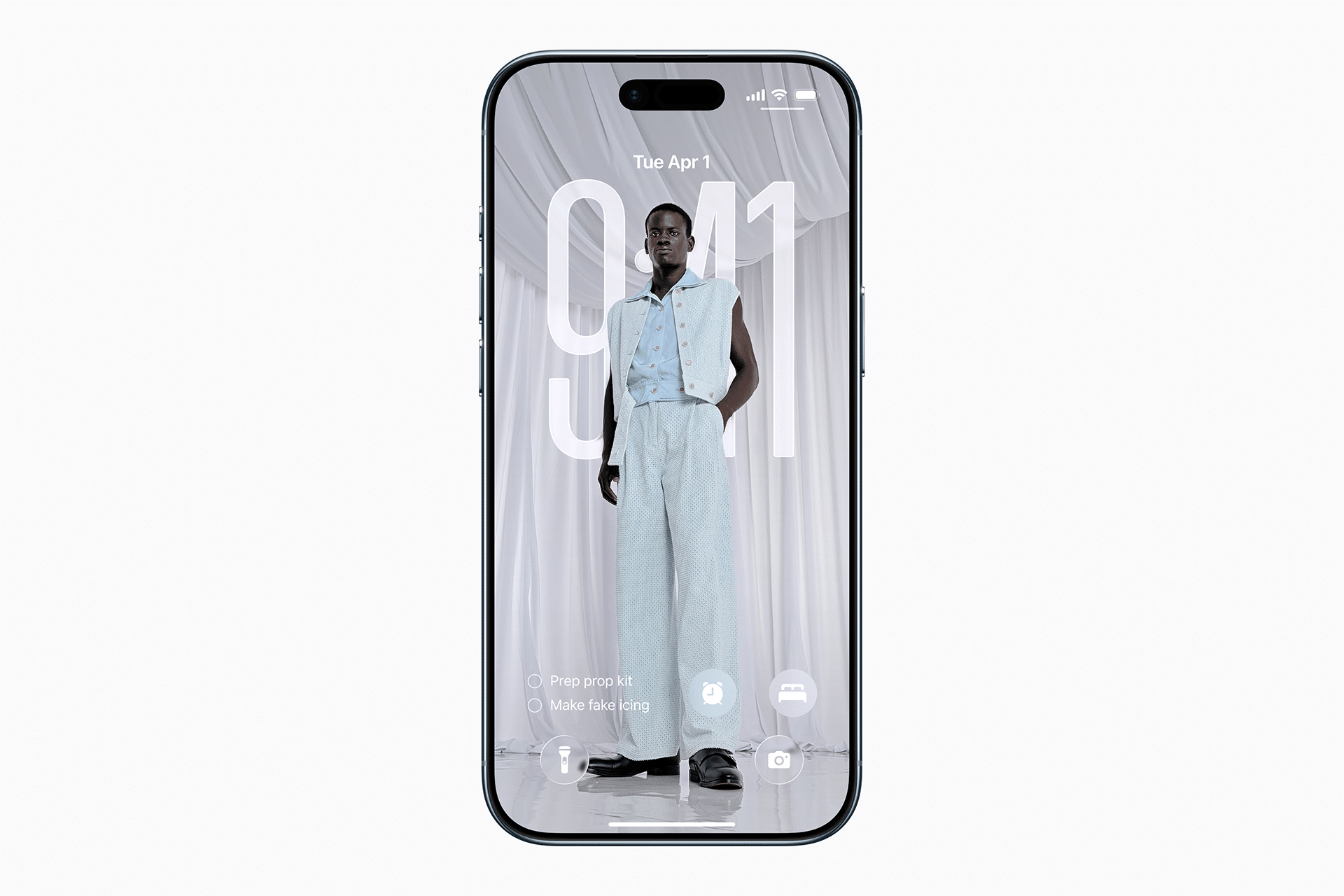
A Strong Performer in All Conditions
In DxOMark’s contrast and visibility tests, the iPhone 17 Air performed exceptionally well in varied environments, from low-light interiors to harsh outdoor lighting. The device’s anti-reflective coating and refined brightness transitions helped maintain image consistency, even when moving between dark and bright scenes.
Testers also praised Apple’s HDR implementation, which handled highlights and shadows with precision while avoiding color clipping — a common issue in rival devices. The screen’s ability to retain depth and contrast in HDR10 and Dolby Vision content set it apart from competitors in its price range.
The report cited minimal motion blur and strong frame consistency during fast-paced video playback, attributes that align closely with Apple’s focus on real-time display synchronization between hardware and software.
Apple’s Design Philosophy and Calibration Approach
The iPhone 17 Air’s success reflects Apple’s broader philosophy of integrating hardware, software, and calibration at the factory level. Unlike many smartphone manufacturers that rely on panel supplier defaults, Apple performs individual display calibration for every iPhone model. This ensures that each device adheres to the company’s color and gamma standards before reaching consumers.
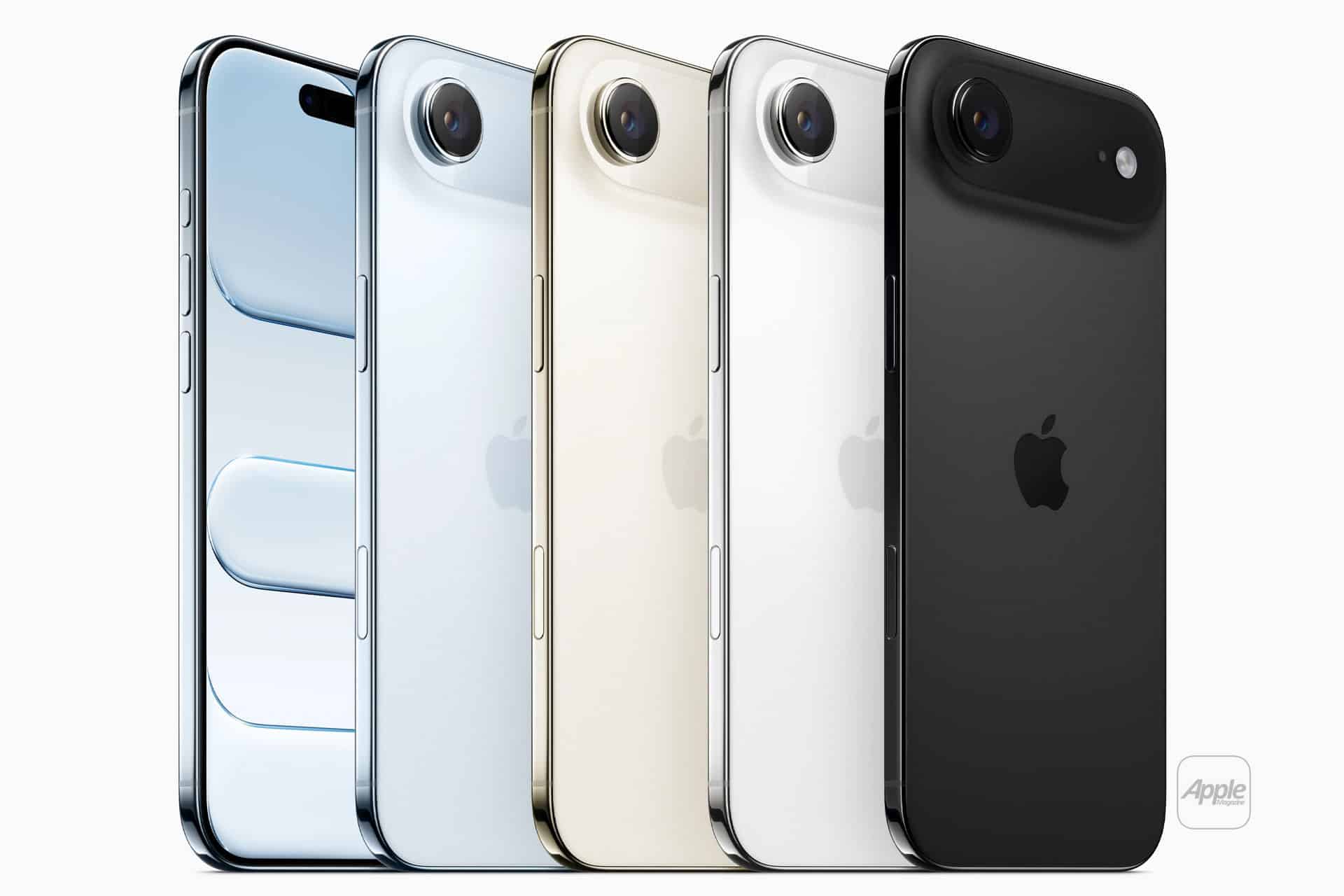
Apple engineers reportedly fine-tuned the iPhone 17 Air’s OLED panel to reduce color shift at viewing angles and enhance uniformity across the display surface. The outcome, according to DxOMark, is “a near reference-grade level of precision rarely seen in mainstream smartphones.”
While the Pro models in Apple’s lineup typically feature advanced brightness and contrast features, the Air variant’s performance demonstrates that Apple’s mid-tier devices now rival — and in some areas exceed — the visual fidelity of earlier flagship generations.
Competitive Context and Market Impact
The iPhone 17 Air’s ranking places it ahead of several high-end Android competitors, including the Samsung Galaxy S25 and Google Pixel 9 Pro, in specific subcategories like brightness and color accuracy. DxOMark’s assessment underscores Apple’s consistent investment in display optimization, even for models positioned below its top-tier Pro line.
For Apple, the test results reinforce its design strategy of bringing premium technology to a broader range of users. The Air model bridges the gap between affordability and performance, appealing to consumers who prioritize visual quality but don’t necessarily require pro-grade camera or processing features.
Industry analysts view the iPhone 17 Air’s performance as a sign of Apple’s growing emphasis on display technology as a defining factor in user experience. The combination of OLED efficiency, ProMotion fluidity, and meticulous calibration continues to set Apple apart in a market increasingly defined by screen quality.
With the iPhone 17 Air’s strong showing in DxOMark’s benchmark, Apple’s display engineering remains at the forefront of the mobile industry — blending technical precision with aesthetic refinement in ways that few rivals have matched.
